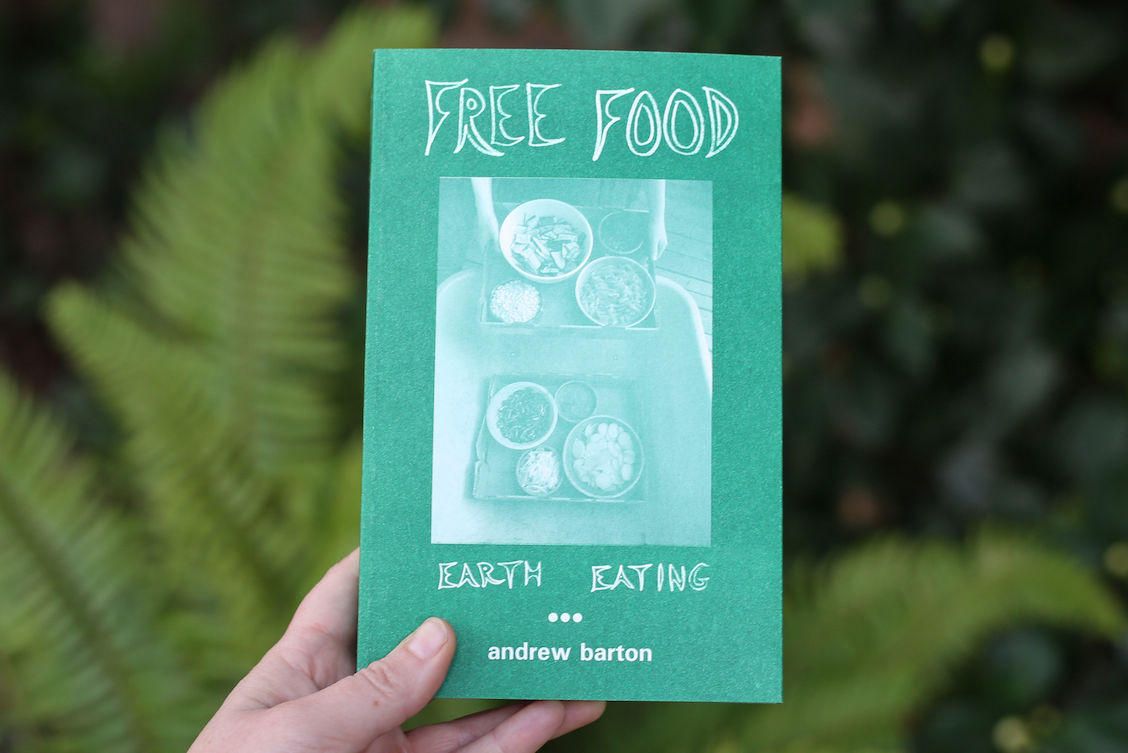Cookin’ Up A Storm: Making Vegan Carrot Cake with Marine Conservationists
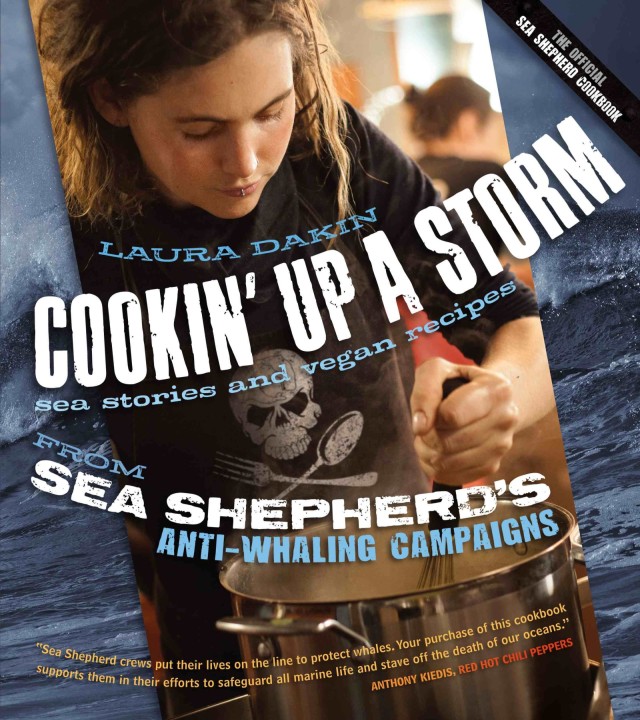
Founded in 1977 by Greenpeace’s Paul Watson, Sea Shepherd Conservation Society is a Washington-based non-profit aiming to protect marine wildlife through direct action tactics. These oft-controversial strategies include chasing and boarding illegal whaling vessels and destroying fishing nets, often in harsh Antarctic conditions.
Sea Shepherd’s tireless volunteer crew is kept well-nourished thanks to the work of galley workers like Laura Dakin, the chief cook on Sea Shepherd’s flagship. Dakin has collected her favorite dishes and moments in Cookin’ Up a Storm: Sea Stories and Vegan Recipes, which interweaves dozens of simple, crowd-pleasing recipes with accounts and action shots of life aboard a Sea Shepherd vessel.
To learn more, we spoke with Portland filmmaker and activist Jeff Wirth, who’s served as camera operator and photographer on multiple Sea Shepherd campaigns. Read on for Wirth’s tales of helping enslaved fishermen and setting world records, and make Captain’s Favorite Carrot Cake with a winning recipe from Cookin’ Up a Storm.
(Disclaimer: Wirth's views and opinions don't necessarily reflect those of Sea Shepherd.)
How did you first become involved with Sea Shepherd? How did you decide that it was worth the huge commitment and risk?
My involvement with Sea Shepherd started in 2013 when they asked me to be a camera operator onboard the Sam Simon for their television series on Animal Planet, Whale Wars. I was ultimately attracted by their direct action tactics: Sea Shepherd is the only marine conservation organization that is on the front lines, putting their lives on the line fighting for the oceans.
You have to think about being at sea for as long as 5 to 6 months at a time, the dangers of being in close quarters with other ships who may, or may not want to hurt you, and the dangers of life on the high seas where anything could happen. You also need to look into the history of social justice and conservation movements and realize that nothing will ever change if you don’t take risks.
Tell us a little bit about this current campaign.
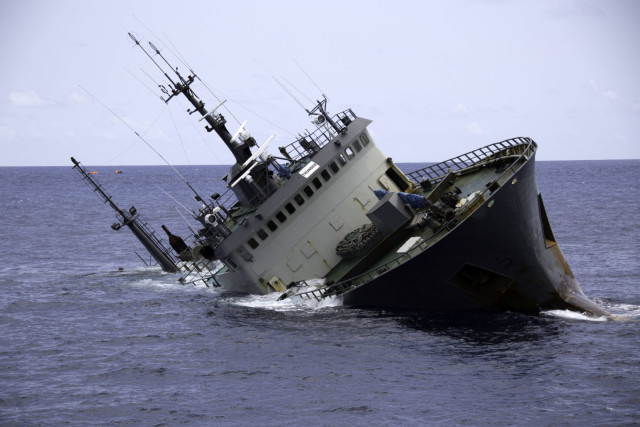
Simon Ager / Sea Shepherd Global
We’re wrapping up Operation Icefish, which targets illegal vessels poaching Patagonian and Antarctic Toothfish in the waters surrounding Antarctica. The plan was to search for a group of poaching vessels known as the Bandit 6, confiscate any fishing gear in the waters and make sure these ships are never able to fish again. We had no idea that Operation Icefish would turn out to be Sea Shepherd’s longest campaign to date, nearly reaching five months at sea and seeing the arrest and detainment of half of the Bandit 6.
This campaign we broke two world records; the longest sea chase of a poaching vessel and the largest confiscation of fishing gear in conservation history. Each and every one of us on the Sam Simon are extremely proud of our friends on the Bob Barker for finding the poaching vessel Thunder and sticking with them for over 110 days until the Thunder intentionally sank their own vessel to get rid of the evidence.
You’ve said this campaign is about human rights as well as animal and environmental rights. How do these issues intersect?
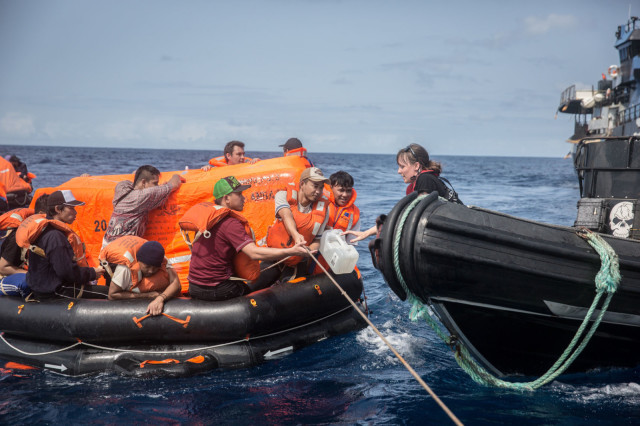
Jeff Wirth / Sea Shepherd Global
Fishing vessels are tricking boys and men from poor Asian communities onto the ships in hopes for good pay to send to their families. Some of them were told they would be working on a farm, and were forced onto a ship holding the deeds to their homes as collateral. They live in near unlivable conditions, and many face daily beatings and no payment as they are stuck on ships for up to three years.
We started to work with a human rights organization to prosecute those responsible and help out the crew of the Thunder. We cherished the contact that we were able to have with the Thunder crew. Each wave, thumbs up, or peace sign they gave us made us more determined to make sure they were treated appropriately and well paid.
Tell us about the hardest moments of the campaign.
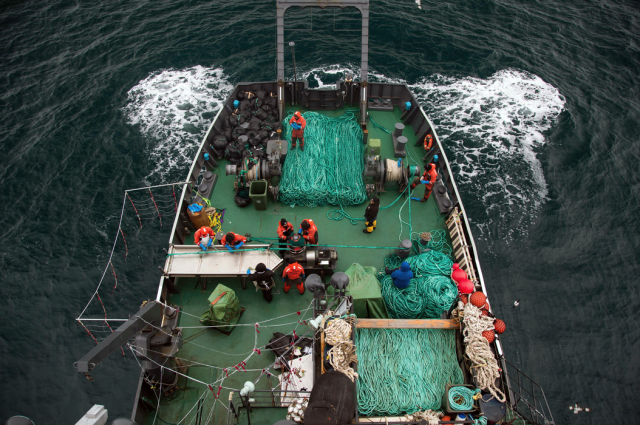
Giacomo Giorigi / Sea Shepherd Global
The Sam Simon had the grueling task of confiscating illegal bottom set gill-net put in the ocean by the Thunder. Each net that we confiscated took 100 hours to haul in; the crew had to work in shifts of four hours on, four hours off. Keep in mind all of this work was going on while in Antarctica. Over time our bodies started to give out; our backs would cripple us, our fingers would ache to the point of them barely being functional and our feet were so sore and cold that it hurt to stand up.
We witnessed first hand how these outlawed gill-nets ravage the ocean floor killing and pulling up rare corals and entire communities of bottom dwelling sea life such as sea stars, king crabs, muscles, and many others. We were doing this because we believe in wildlife and marine conservation, so it was really hard for us to see so many dead, decomposing animals come up on the line.
How can Portlanders make a difference regarding these issues?
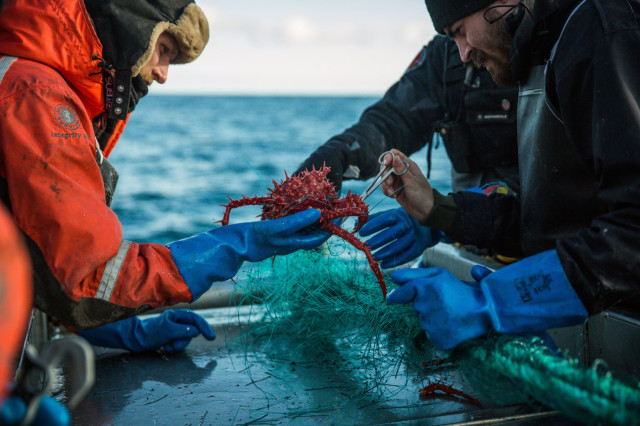
Jeff Wirth / Sea Shepherd Global
Even though a lot of these ships are fishing on the other side of the world, their illegal catch is ending up in grocery stores and restaurants in every major city in the country. These fish are caught illegally by corrupt operations, marked as legal fish to avoid detection, and then shipped around the world to end up on a dinner plate.
I would like to ask that consumers become more conscious of what they eat, and where it comes from. Everything we eat has a history and we need to make sure that its history does not involve being unnecessarily exploited.
What’s the food like onboard?
The food is one of the factors that makes a campaign so great. The galley is the hardest working department of the ship; we could be getting rammed by a ship, or in a storm with waves making the ship roll 30 degrees each way, and the galley is busy making delicious, quality food to keep us motivated.
Even though Sea Shepherd doesn’t consider itself an animal rights organization, all of the food on the ships is vegan. It wouldn’t make sense for us to be out on campaign telling poachers not to kill animals, while the Sea Shepherd crew consumes animals on the ships.
Why is veganism important to you?
I don’t believe humans understand the world animals live in, or why they are here. Animals live as separate nations in a finished world speaking languages we will never live to understand. At the same time, I am privileged enough to have access to fresh produce and healthy foods, and I know that families living in low income communities aren’t able to have the same access to these foods. To me, veganism isn’t about being perfect or pure, it’s about doing your best to make sure others aren’t being unnecessarily exploited by your actions.
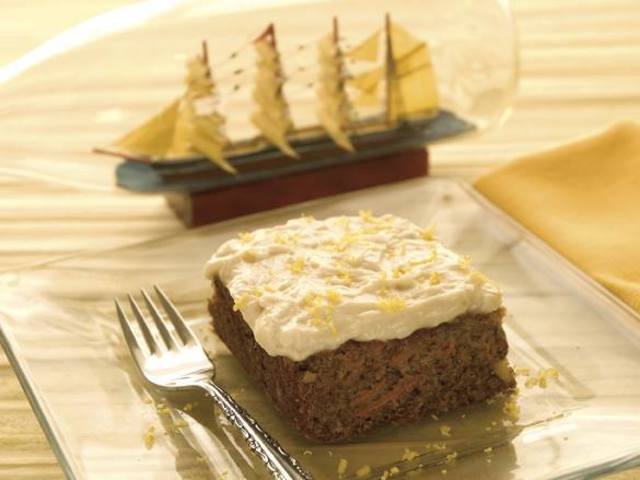
Captain's Favorite Carrot Cake
Captain’s Favorite Carrot Cake
Makes 8 servings
Cake
- 2 cups (500 ml) peeled and shredded carrots
- 1 cup (250 ml) dark brown sugar
- 1 cup (250 ml) vegetable oil
- ¾ cup (185 ml) apple juice
- 2 tablespoons (30 ml) ground flaxseeds
- 1 teaspoon (5 ml) vanilla extract
- 2½ cups (625 ml) unbleached all-purpose flour
- 1½ teaspoons (7 ml) baking powder
- 1 teaspoon (5 ml) baking soda
- 1 cup (250 ml) walnut pieces
- 1 teaspoon (5 ml) ground cinnamon
- ½ teaspoon (2 ml) ground nutmeg
- ½ teaspoon (2 ml) salt
- ¼ teaspoon (1 ml) ground cloves
Frosting
- 8 ounces (225 grams) vegan cream cheese
- 1 tablespoon (15 ml) powdered sugar
- Zest of ½ lemon
- Preheat the oven to 350 degrees F (180 degrees C). Line a 9-inch (23 cm) round cake pan with parchment paper.
- To make the cake, put the carrots, brown sugar, oil, apple juice, flaxseeds, and vanilla extract in a large bowl and stir until well combined.
- Sift the flour, baking powder, and baking soda into a large bowl. Add the walnuts, cinnamon, nutmeg, salt, and cloves and stir until combined.
- Add the wet ingredients to the dry ingredients and stir until well combined.
- Scrape the batter into the lined pan using a rubber spatula. Bake for 25 to 30 minutes, or until a toothpick inserted in the center comes out clean. Let cool completely before removing from the pan.
- To make the frosting, put all the ingredients in a food processor and process until smooth. Scrape the frosting into a small bowl, cover with plastic wrap, and refrigerate.
- When the cake is completely cool, remove it from the pan and transfer to a serving dish. To frost the cake, spread the frosting over the top using a metal spatula.


